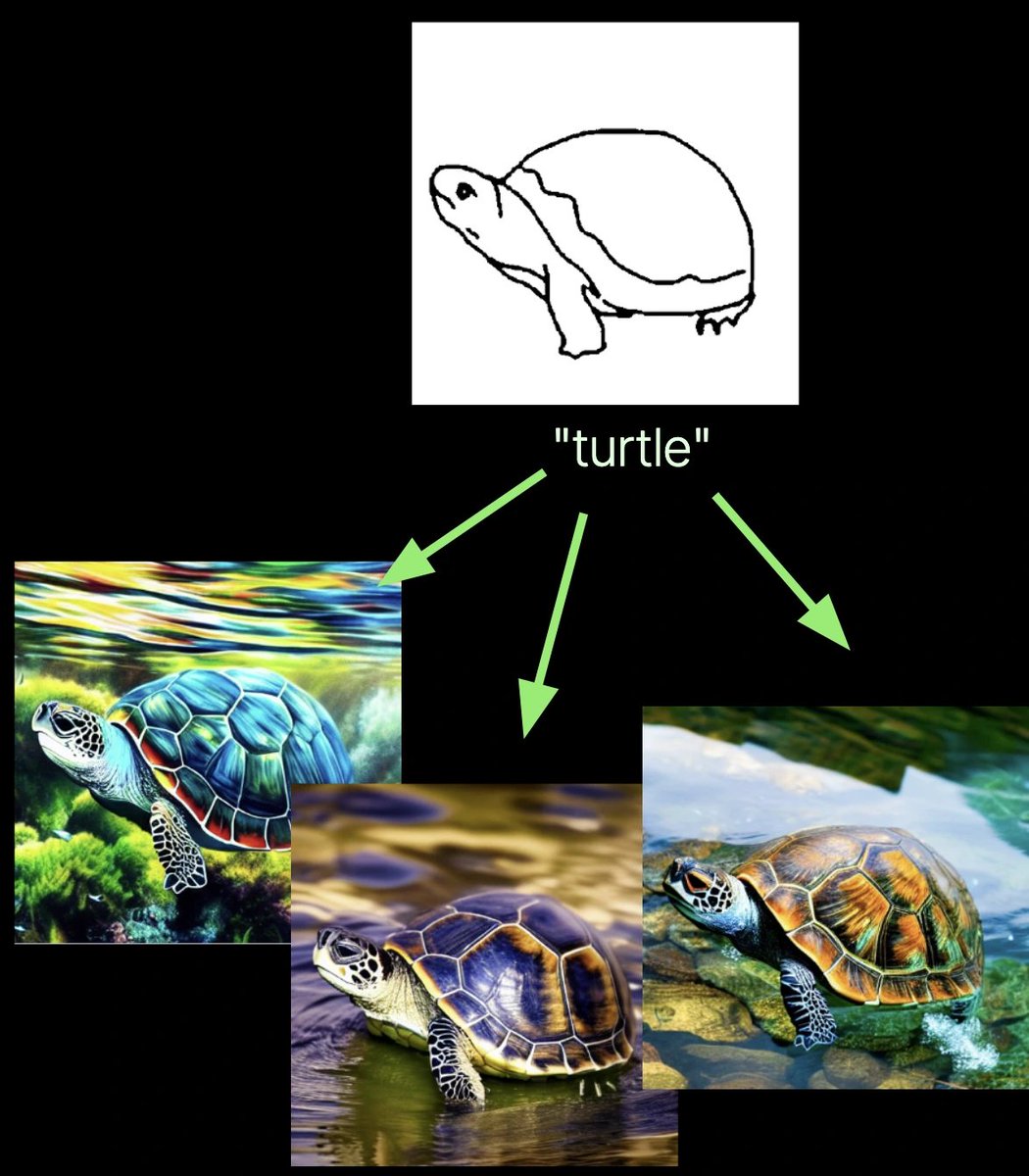New video series out this week (and into next!) on the @weights_biases YouTube channel.
They're Socratic livecoding sessions where @_ScottCondron and I work through the exercise notebooks for the Math4ML class.
Details in 🧵⤵️
They're Socratic livecoding sessions where @_ScottCondron and I work through the exercise notebooks for the Math4ML class.
Details in 🧵⤵️
Socratic: following an ancient academic tradition, I try to trick @_ScottCondron into being wrong, so that students can learn from mistakes and see their learning process reflected in the content. 

(i was inspired to try this style out by the @PyTorchLightnin Master Class series, in which @_willfalcon and @alfcnz talk nitty-gritty of DL with PyTorch+Lightning while writing code. strong recommend!)
Math4ML: in the class, we cover core ideas from linear algebra, calculus, and probability that are useful in ML.
I try to emphasize the key intuitions and connect them to programming ideas: shapes are like types, big O-notation and limits, etc.
wandb.me/m4ml-videos
I try to emphasize the key intuitions and connect them to programming ideas: shapes are like types, big O-notation and limits, etc.
wandb.me/m4ml-videos
Exercise notebooks: the M4ML class has always included GitHub-backed Colab/binder notebooks with text and exercises that firmed up the ideas in the lectures, but there wasn't any public video content explaining how to use them. Until now!
github.com/wandb/edu/tree…
github.com/wandb/edu/tree…

Livecoding: the exercises are code, and we write the solutions together live (with light editing to remove typos etc)
Because the exercises are code, they can be graded programmatically.
Essentially, each comes with unit tests that you have to pass. Failures generate hints!
Because the exercises are code, they can be graded programmatically.
Essentially, each comes with unit tests that you have to pass. Failures generate hints!

This course material is designed for remote, asynchronous online education.
The combination of video lectures, recorded homework sessions, and self-grading exercises is meant to make it possible to get the full benefit of the course asynchronously via the internet.
The combination of video lectures, recorded homework sessions, and self-grading exercises is meant to make it possible to get the full benefit of the course asynchronously via the internet.
And if you have questions that the videos and autograder can't answer, you can post about them on the YouTube channel or in the W&B forum: wandb.me/and-you
The first video will be out tomorrow! I hope to see you there.
wandb.me/m4ml-exercises…
The first video will be out tomorrow! I hope to see you there.
wandb.me/m4ml-exercises…
• • •
Missing some Tweet in this thread? You can try to
force a refresh















